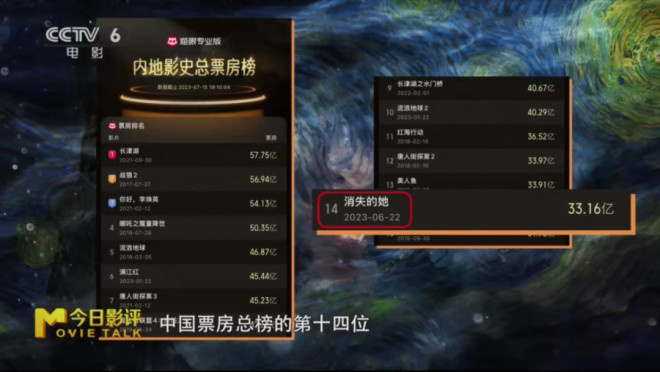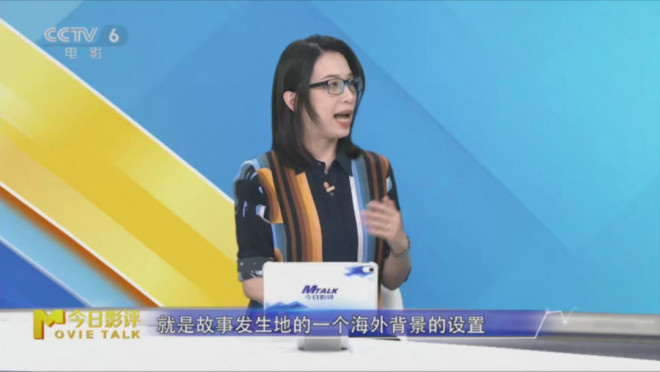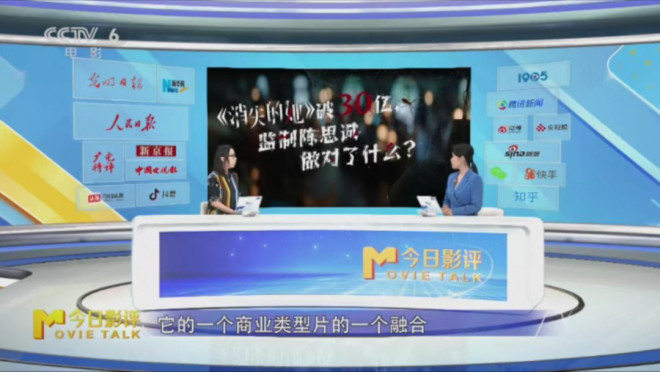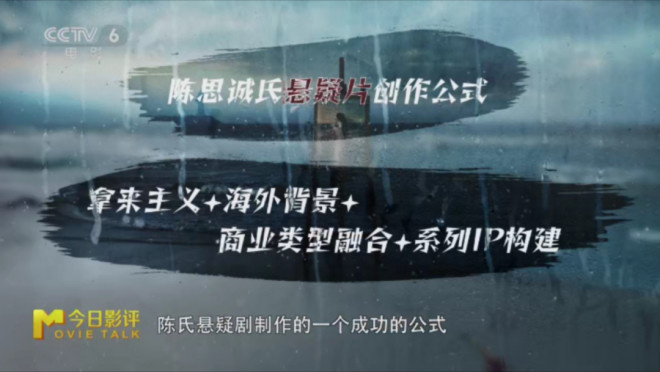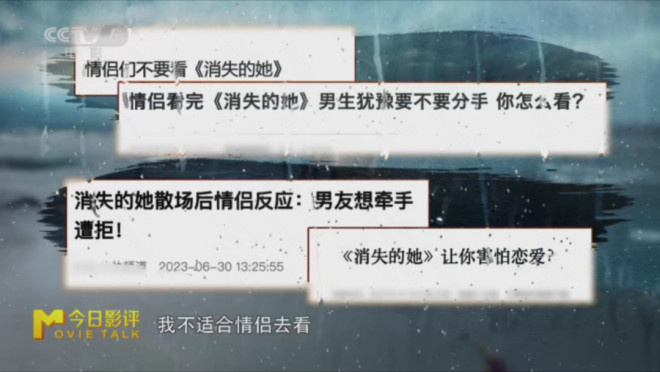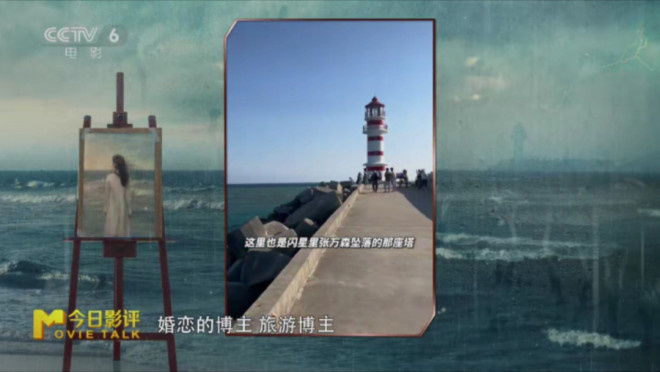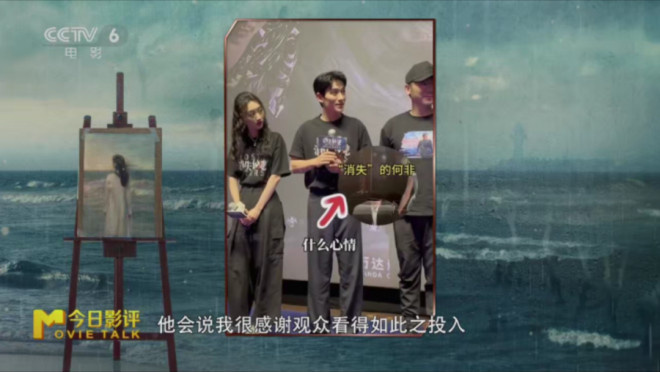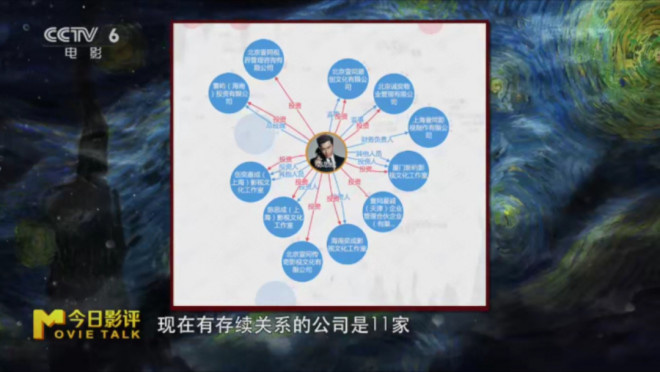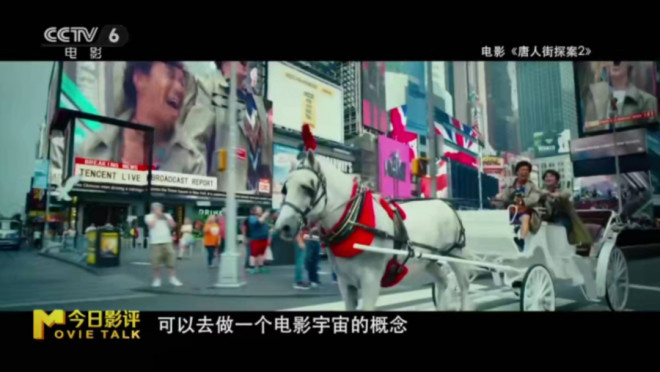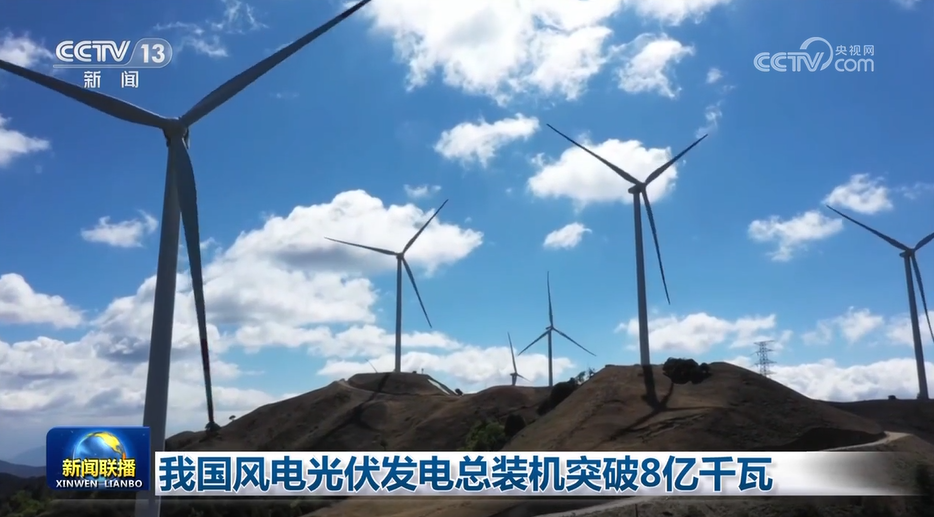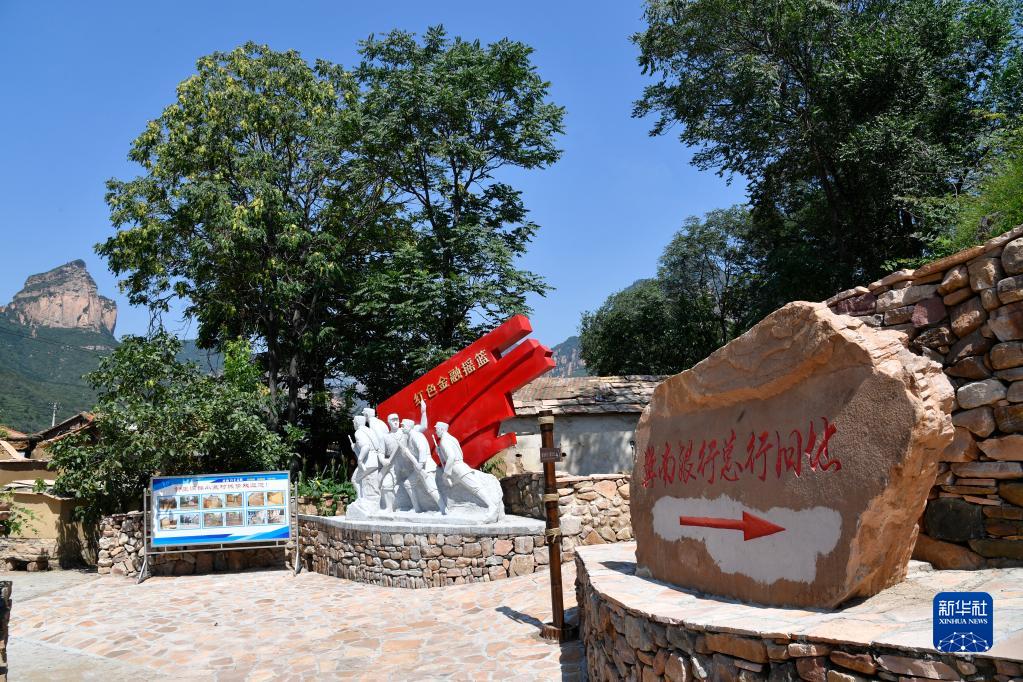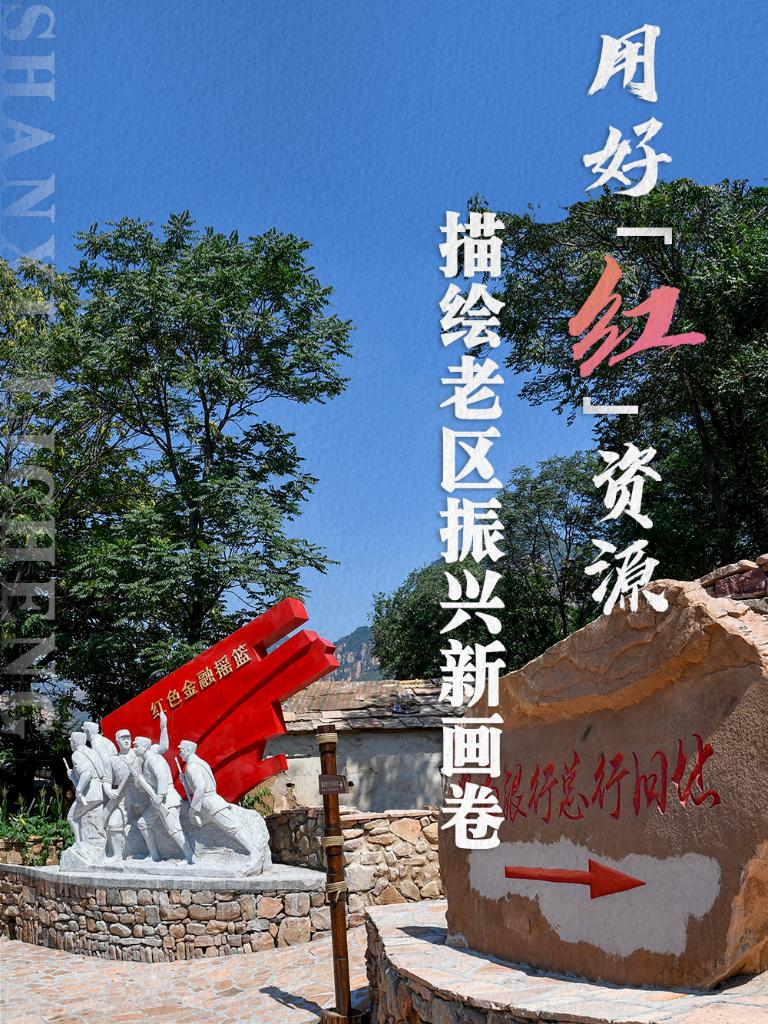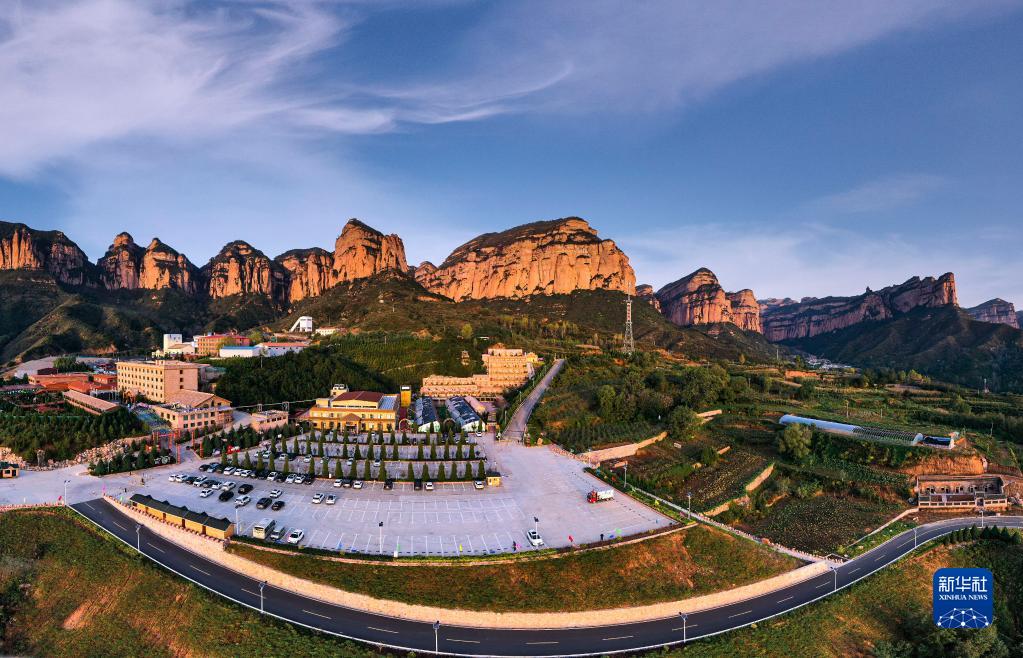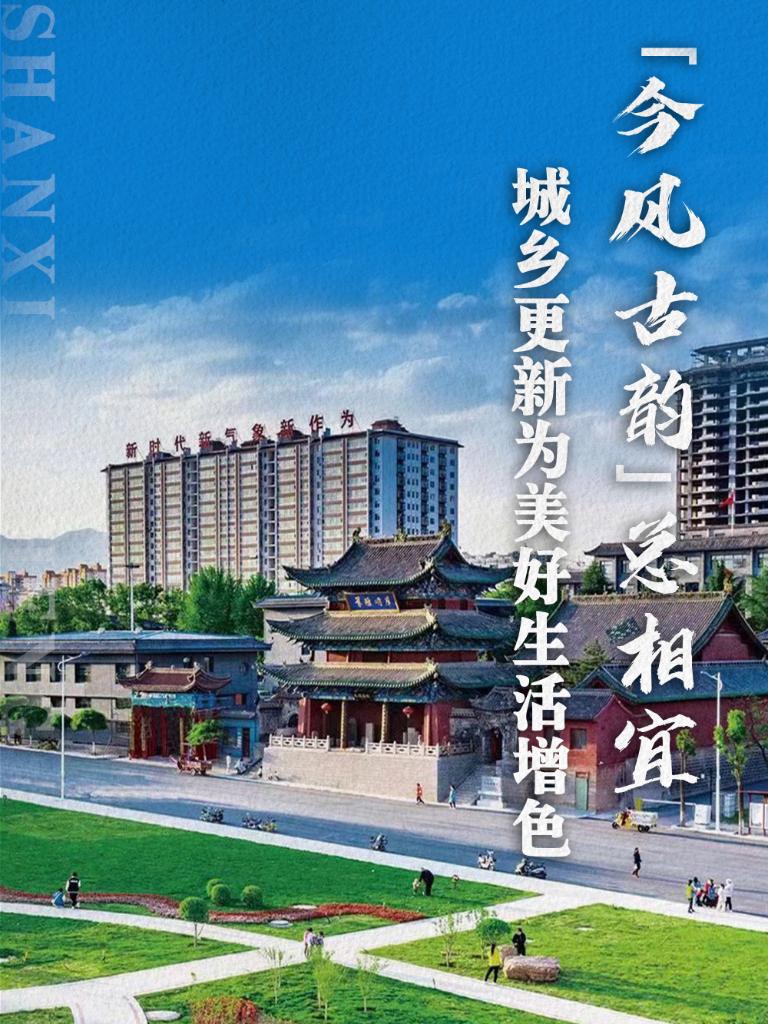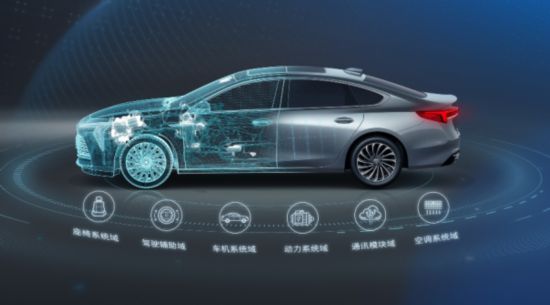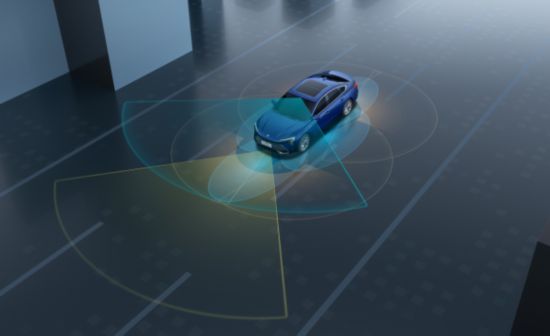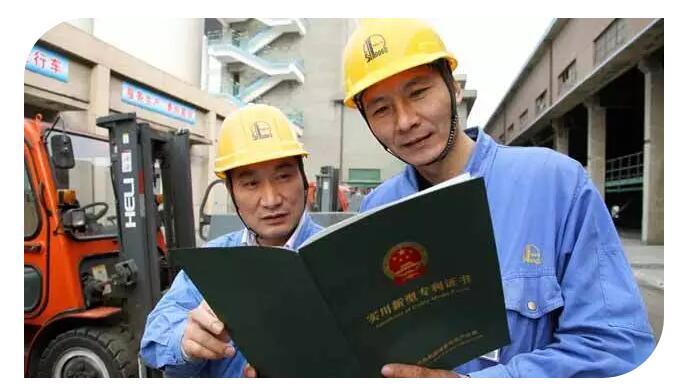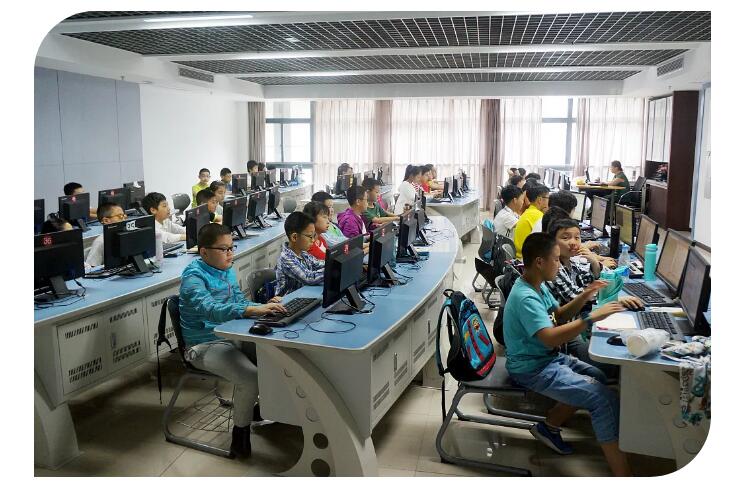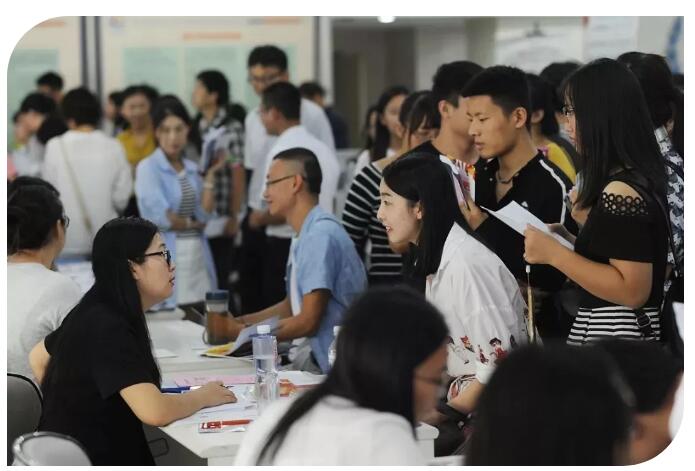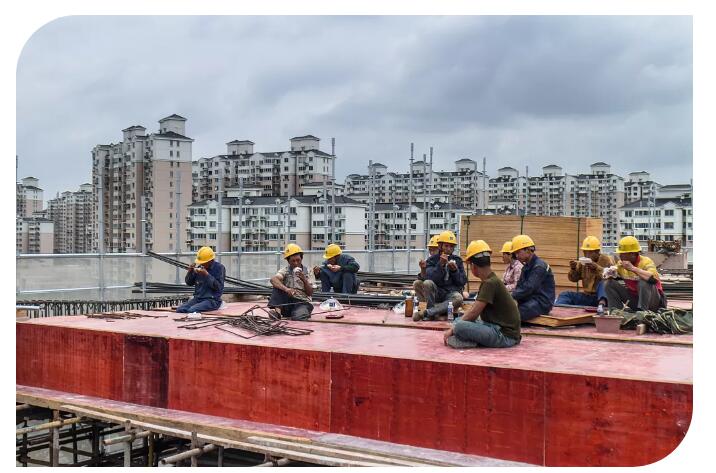Introduction:
How can I get the project money back more than ten years ago?
The research on construction contract dispute cases tells you the answer!
Because of the long period and large investment, most of the construction contracts are hidden projects and strong professionalism, the legal relationship of the contracts is complicated, and once disputes arise, the construction owner often refuses to pay the project funds on the grounds of subject, quality and construction period, resulting in a huge amount of project funds being in arrears for many years due to the shirking of the construction owner, and it is impossible to recover the funds.
After repeated unsuccessful collection, when a lawsuit was brought to the court, the construction party refused to pay because the case had expired, resulting in the construction party still losing the right to win the lawsuit, which eventually led to the inability to recover the arrears. In view of this, the big data report will tell you how to collect the outstanding project payment accumulated for many years, how to take the leading position in the construction contract dispute litigation, win the lawsuit and recover the arrears for many years.
First, the construction contract related to the statute of limitations dispute data analysis
Big data report data source
Time: before January 30, 2019
Case source: case base
Cause of action: construction contract dispute of construction project
Type of document: judgment
The court held that it included: limitation of action
Number of cases: 12,980
Data collection time: January 30, 2019
Annual trend of case volume
This search has obtained 12,980 adjudicative documents of construction contract disputes before January 30, 2019. From the distribution of the above years, it can be seen that the number of cases of construction contract disputes under the current conditions is increasing year by year (the number of cases in 2018 is not fully disclosed). This trend is related to the prosperity of the construction market and real estate since 2012.
Geographical distribution of disputes
As of January 30, 2019, in terms of geographical distribution, the current construction contract dispute cases are mainly concentrated in Jiangsu Province (1,194 cases), Shandong Province (1,086 cases) and Guangdong Province (976 cases), accounting for 9%, 8% and 7% respectively. Among them, Jiangsu Province has the largest number of cases, reaching 1,194.
Distribution of industries
As of January 30, 2019, the current industry distribution of construction contract disputes in construction projects is mainly concentrated in construction industry (7,858 cases), real estate industry (495 cases), manufacturing industry (1,882 cases), wholesale and retail industry (1,184 cases) and leasing and business service industry (622 cases). Its proportions are construction (55.87%), real estate (17.77%) and manufacturing (13.4%).
Program classification
As of January 30, 2019, the current distribution of trial procedures under construction contract disputes. There were 7,079 cases of first instance (54.54%), 5,728 cases of second instance (44.13%) and 149 cases of retrial (1.15%).
It can be inferred that the appeal rate of first instance is about 81%. It can be seen that most of the parties in construction contract cases choose to appeal after losing the case.
Referee result
Judgment result of first instance
Through the visual analysis of the results of the first-instance judgment, it can be seen that there are 5,265 cases fully/partially supported under the current conditions, accounting for 80%; 1,021 cases were all rejected, accounting for 16%; There are 267 others, accounting for 4%. From this point of view, most construction contract disputes are won by the plaintiff, and the proportion of all rejected is not high.
Judgment result of second instance
Through the visual analysis of the results of the second-instance judgment, we can see that there are 3,966 cases that uphold the original judgment under the current conditions, accounting for 74%; 1,323 cases were changed, accounting for 25%; There are 59 others, accounting for 1%. The rate of revision in the second instance is more than a quarter, and the proportion of cases revised is higher than other cases with cause of action.
Visualization of target amount
Through the visual analysis of the bid amount, we can see that the number of cases with the bid amount less than 500,000 yuan is the largest, with 6,677 cases, 2,695 cases with a bid amount of 1 million to 5 million yuan, 1,785 cases with a bid amount of 500,000 to 1 million yuan, 572 cases with a bid amount of 5 million to 10 million yuan, and 308 cases with a bid amount of 10 million to 20 million yuan. The amount of bid for construction contract disputes is mainly between 500,000 yuan and 5 million yuan, and the amount of bid is relatively large.
Visualization of trial period
Through the visual analysis of the trial period, we can see that the trial time under the current conditions is more in the range of 31-90 days, with an average time of 161 days. It reflects that the construction contract of construction project has the characteristics of long period and complicated case involved, and the trial limit is longer than that of ordinary cases.
Second, the construction contract dispute statute of limitations case analysis
In the construction project contract disputes, in the process of demanding the project payment, the construction party mostly refuses to pay the project arrears on the grounds that the payment has been in arrears for many years and the case has passed the statute of limitations. Therefore, the calculation period of the limitation of action is introduced in detail:
1. If the payment term is stipulated in the contract, the limitation period of action shall be counted from the time when you know or should know that your rights have been infringed.
Article 137 of the General Principles of the Civil Law stipulates that "the limitation period of action shall be counted from the time when you know or should know that your rights have been infringed". The construction contract shall determine the payment time according to the contents agreed in the contract. If the debtor fails to perform the payment obligation at the expiration of the payment period agreed in the contract, the limitation of action shall be calculated at this time.
2. If the contract does not stipulate the time limit for payment, the limitation period of action shall be counted from the date when the debtor clearly expresses his failure to perform his obligations.
The limitation period of action shall be counted from the date when the grace period for the creditor to ask the debtor to perform his obligations expires, but if the debtor explicitly stated that he would not perform his obligations when the creditor claimed his rights for the first time, the limitation period of action shall be counted from the date when the debtor explicitly stated that he would not perform his obligations. If the payment period is not stipulated in the construction contract, the limitation of action shall be calculated from the date when the debtor refuses to repay the loan for the first time.
3. If the project general contracting contract stipulates that the payment shall be made in installments according to the advance payment, progress payment, completion payment and quality guarantee payment, then the limitation of action for each installment of the project payment shall start from the expiration of the last payment.
If the payments made in several stages are the same contract payment, it can be counted from the date when the last payment expires. If the nature of the payment in each stage is different, such as the design fee, equipment fee, project payment, etc., it should be time-limited separately.
In addition, from a practical point of view, if the contract payment for the project has not reached the settlement conditions agreed in the contract, even if it has been paid in stages before, it has exceeded the limitation, and many times the court has not determined it as not exceeding the limitation of action.
4. If the parties have no agreement on the time of payment or the agreement is unclear, the following time shall be regarded as the time of payment.
According to Article 18 of the Interpretation of the Supreme People’s Court on Applicable Legal Issues in the Trial of Construction Contract Dispute Cases, "interest shall be paid from the date when the project price is payable. If the parties have no agreement on the time of payment or the agreement is unclear, the following time shall be regarded as the time of payment:
(1) If the construction project has been actually delivered, the date of delivery;
(2) If the construction project is not delivered, the date of submission of the completion settlement documents;
(three) the construction project has not been delivered, and the project price has not been settled, which is the date when the parties bring a lawsuit. "
5. If the construction contract is declared invalid, the limitation of action shall be calculated from the date when the contract is confirmed invalid.
The invalidity of a contract is invalid from the beginning. After the contract is confirmed to be invalid, the provisions on the limitation of action shall apply to the requests of the parties for returning property and compensating losses. The basis of claim after the contract is invalid is not based on the contract, so it cannot be calculated from the date of expiration of the original contract. The claim of the parties to return the property and compensate the losses based on the invalidity of the contract is the legal consequence after the contract is confirmed to be invalid. Only after the contract is confirmed to be invalid can the claim of unjust enrichment caused by the invalidity of the contract be established.
6. In the absence of other payment conditions, if the amount of creditor’s rights and debts is unknown, the limitation of action has not started.
The project payment has not been settled, there is no clear amount of creditor’s rights, and the relationship between creditor’s rights and debts has not been finally confirmed, so the limitation of action has not yet begun to be calculated.
7. If the debtor partially performs the debt with the expiration of the limitation of action, the limitation of action cannot be recalculated for the rest.
Although the Supreme People’s Court confirmed in [(2017) Supreme People’s Republic of China No.63 Chengdu Panda Universal Mall Co., Ltd. and Hong Kong DCA Qiwucheng Architects Co., Ltd. Re-trial of the construction project design contract dispute [(2017) Supreme People’s Republic of China No.63], after the limitation of action expires, the creditor’s rights will be converted into natural debts. The debtor’s partial repayment of the creditor’s rights whose limitation of action has expired cannot restore or revive the remaining limitation of action. However, courts at all levels also have different views on this issue. Some courts believe that the debtor partially pays off the creditor’s rights when the limitation of action expires, resulting in the legal consequences of the interruption of the limitation of action.
8. beyond the limitation of action, the creditor and the debtor reached a new repayment agreement, and the limitation of action started again.
The repayment agreement reached by both parties on the original debt beyond the limitation of action belongs to a new creditor-debtor relationship, which should be protected by law, that is, it can achieve the purpose of saving the interruption of the limitation of action and recalculating the limitation of action.
9. The confirmation letter of the enterprise has the meaning of debt collection to constitute the interruption of the limitation of action.
If the creditor sends an inquiry letter to the debtor within the limitation period, the debtor will confirm the amount of debt in the inquiry letter and affix its official seal, which can usually be used as the basis for interrupting the limitation period.
If the limitation of action has expired, the creditor sends an inquiry letter to the debtor. If the contents of the inquiry letter indicate the intention of collection, it can be regarded as a reminder letter. If the debtor signs and seals this kind of inquiry letter to confirm it, it will be regarded as a reaffirmation of the original debt, and the limitation of action can be recalculated.
10. The quality guarantee is special and should be treated separately, and the limitation of action should be calculated separately.
The nature of the quality guarantee money has been controversial in practice. One view is that it should be part of the project payment. According to this view, it can be considered that all the arrears of the project will be counted from the expiration of the quality guarantee money. However, another view is that the quality guarantee fund and the project payment are not exactly the same in nature and have their own particularity. The quality guarantee fund should be treated separately and the limitation of action should be calculated separately. In practice, most of the viewpoints are to calculate the limitation of action separately from the quality guarantee fund and the project payment.
Iii. Distribution of Burden of Proof for Interruption of Limitation of Action in Construction Contracts
The General Principles of Civil Law and the Supreme People’s Court’s Opinions on Several Issues Concerning the Implementation of the General Principles of Civil Law in People’s Republic of China (PRC) (Trial) mainly stipulate the length, calculation, suspension, interruption and extension of the limitation period of action from the perspective of substantive law, and do not clearly stipulate which party should bear the burden of proof in various situations. The general practice of many courts is that if the defendant has filed a lawsuit against the plaintiff for more than the legal protection period, the plaintiff is required to pay attention to the fact that it has not exceeded the legal protection period.
However, some courts believe that the limitation of action should be put forward by the defender. For example, the Beijing Miyun District People’s Court made a judgment (2016) No.7689 at the beginning of the Republic of China on December 8, 2016, which stated: "The village committee of Tixiazhuang does not recognize the construction facts of Li Lianzhong and the opinion that Li Lianzhong’s prosecution has exceeded the limitation of action. Because it failed to provide corresponding evidence, the court will not accept it."
In litigation, if the defendant claims the defense of limitation, he must prove the facts on which this defense is based, that is, he must prove the facts of the beginning and expiration of the limitation period, including the claim of the end of the interruption of limitation. When there is a dispute between the two parties over when the limitation period of action begins and whether it expires, and it is difficult for the court to accurately determine it in the end, the party who puts forward the limitation defense (that is, the defendant) shall bear the adverse legal consequences.
Fourth, how to interrupt the limitation of action
In order to avoid the statute of limitations of the case, so as to win the lawsuit and take the initiative in the future litigation process, the following methods can be adopted to achieve the purpose of interrupting the statute of limitations:
1. Send a written dunning letter directly to the debtor, and the other party signs and seals the dunning letter to prove that it has been received.
2. Call for dunning, but keep the recorded evidence.
3. Send it by EMS, keep the mailing list and the express delivery receipt of the postal company, and prove that the letter has been properly delivered.
4. E-mail delivery is also a legally recognized way, but there must be evidence to prove the ownership relationship between the mailbox and the recipient.
5. Find a witness to testify that the payment has been urged, and notarization can be carried out when necessary.
6. Proof of partial repayment by the other party within the limitation of action. (But prove that it is the debt that is repaid)
7. Prosecution or arbitration. (Withdrawing the lawsuit after prosecution does not affect the effectiveness of interrupting the statute of limitations)
8. During the period of limitation of action, reach an agreement on debt performance, such as a new repayment agreement, a guarantee agreement, etc., or the debtor is invited to confirm the debt, the debtor requests to postpone performance, and the debtor submits a debt repayment plan, etc.
9. During the limitation period, the confirmation letter of the enterprise shall be confirmed by the signatures and seals of both parties.
V. Remedies beyond the limitation of action
If the case has passed the limitation of action, as the contractor, the following methods can be adopted to achieve the purpose of interrupting the limitation of action and recalculating the limitation of action:
1. The debtor reconfirms the debt.
According to the judicial interpretation of the Supreme Court, if the debtor reconfirms the debt beyond the limitation period, the debt after reconfirmation is still protected by law. The specific measures are: send a dunning letter (or an enterprise confirmation letter with dunning intention), which shall be signed or sealed by the debtor for confirmation.
2. Replace "old debt" with "new debt"
Although the limitation of action has exceeded, the creditor and the debtor have reached a new repayment agreement on the debt (such as renegotiating the payment term, debt performance method, discount payment, etc.) and signed a new repayment agreement, that is, the new debt is determined through a new contract, and the limitation of action is recalculated.
(debt network)

